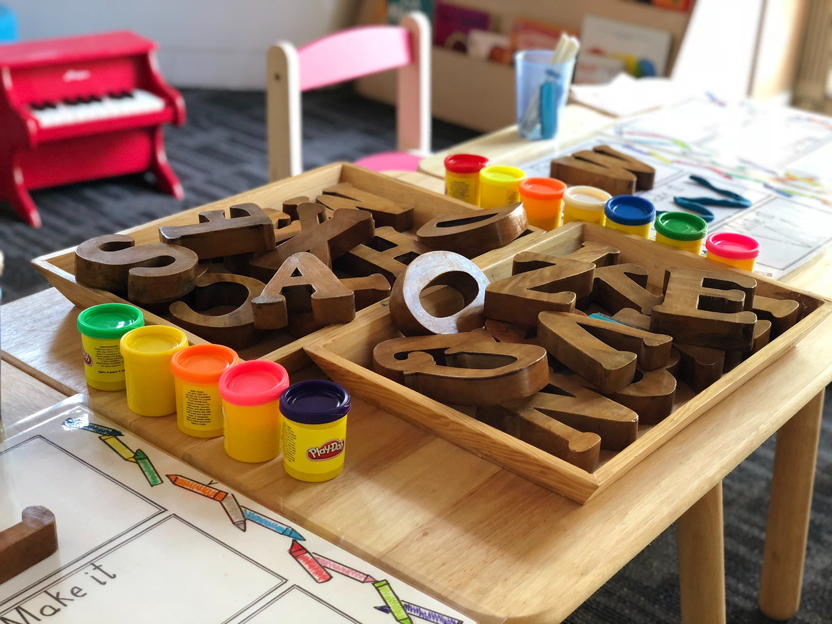About Orton and Gillingham
In the 1930s, neuropsychiatrist and pathologist Dr. Samuel T. Orton and educator, psychologist Anna Gillingham developed the Orton-Gillingham approach to reading instruction.
Who Were Orton and Gillingham?
Samuel Torrey Orton
Samuel Torrey Orton (1879-1948) was a neuropsychiatrist and pathologist who worked with adult patients that had brain damage due to injury. He took the knowledge he gained by working with these patients and applied it to children with apparently intact neurological brain function but experienced language processing disabilities, which would later be coined as Dyslexia.
In 1925, Dr. Orton set up a 2-week study evaluating teacher-referred students who were “failing in their schoolwork” and found that they had average or above-average IQ scores but experienced strephosymbolia, meaning “twisted symbols”. Out of this research, Dr. Orton formulated teaching principles and practices for these students that brought in the concept of “multisensory” teaching–integrating kinesthetic and tactile strategies.
Anna Gillingham
Anna Gillingham (1878-1963) was an educator and psychologist who worked with Dr. Samuel Orton to publish instructional materials that would later be known as the Orton-Gillingham approach to reading instruction. Gillingham wrote The Gillingham Manual: Remedial Training for Children with Specific Disability in Reading, Spelling and Penmanship alongside Bessie Stillman, published in 1935/6.
Gillingham and Stillman developed a “sequential, alphabetic-phonetic multisensory program” that eliminated the need for students to memorize all words in a language. This teaching manual for the “alphabetic method” of Orton-Gillingham combined multisensory techniques with teaching phonics, morphology, fluency, and syntax.

How the Orton-Gillingham Approach Came To Be
In the 1930s, neuropsychiatrist and pathologist Dr. Samuel T. Orton and educator, psychologist Anna Gillingham developed the Orton-Gillingham approach to reading instruction for students with “word-blindness,” which would later become dyslexia. Their approach combined direct, multi-sensory teaching strategies paired with systematic, sequential lessons focused on phonics.
Dr. Samuel Orton and educator Anna Gillingham developed the basic philosophy of Orton-Gillingham throughout the 1930s and 1940s, believing that students with severe dyslexia needed a multisensory approach, particularly the use of auditory, visual, and kinesthetic channels, in their literacy instruction (Sheffield, 1991). A multi-sensory approach means students are learning language by ear (listening), mouth (speaking), eyes (seeing), and hand (writing). The process involves listening to sounds and saying the sounds and names of letters while writing them.
See Orton-Gillingham as a Part of Structured Literacy Training in Action
Structured Literacy can ensure that students are equally exposed to important foundational literacy skills in a sequential, systematic, and cumulative way.
